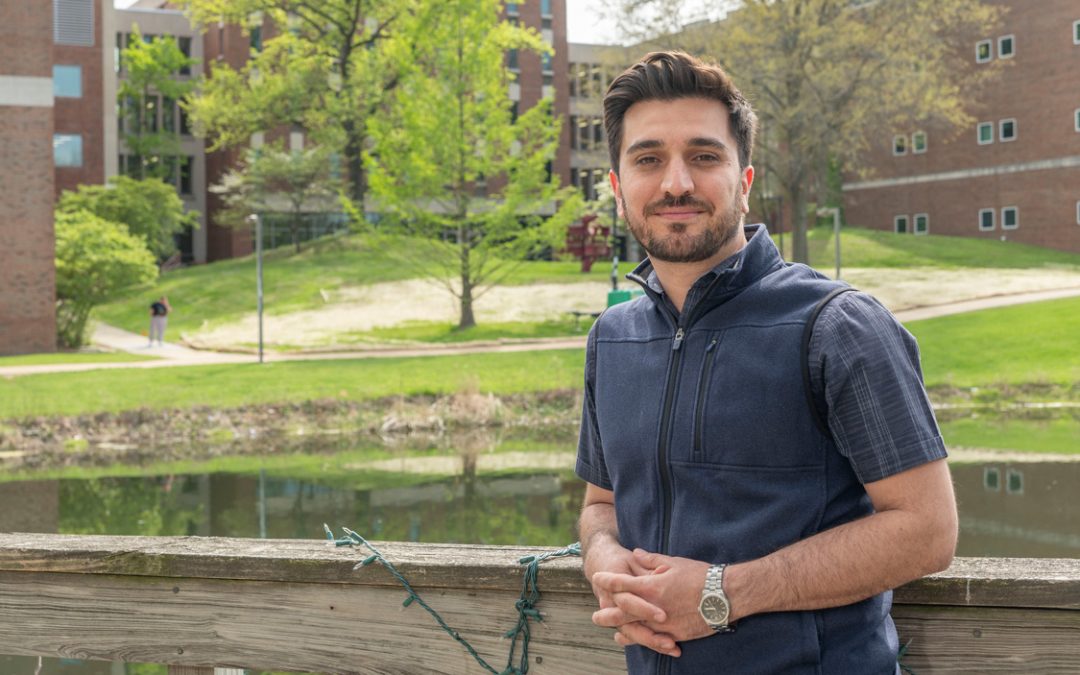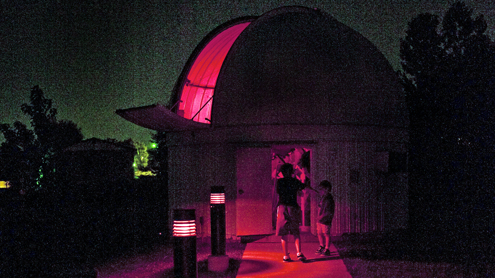Saki and his research partners have been granted 13 hours of observation time and will study the composition of six Halley-type comets with high-resolution spectroscopy.


Saki and his research partners have been granted 13 hours of observation time and will study the composition of six Halley-type comets with high-resolution spectroscopy.
Saki and his research partners have been granted 13 hours of observation time and will study the composition of six Halley-type comets with high-resolution spectroscopy.
Saki and his research partners have been granted 13 hours of observation time and will study the composition of six Halley-type comets with high-resolution spectroscopy.
Look back at some of UMSL Daily’s top stories from the past year, including the launch of the UMSL School of Engineering and the naming of the Ed G. Smith College of Business, along with continuing campus transformation.

The University of Missouri–St. Louis Department of Physics and Astronomy will hold a public viewing of Jupiter, Uranus, Ring Nebula, Alberio and Andromeda Galaxy at 7:30 p.m. Oct. 1 at the Richard D. Schwartz Observatory. The viewing is free and open to the public. An...
The University of Missouri–St. Louis Department of Physics and Astronomy will hold a public viewing of Jupiter, Uranus, Ring Nebula, Alberio and Andromeda Galaxy at 7:30 p.m. Oct. 1 at the Richard D. Schwartz Observatory. The viewing is free and open to the public. An...
The University of Missouri–St. Louis Department of Physics and Astronomy will hold a public viewing of Jupiter, Uranus, Ring Nebula, Alberio and Andromeda Galaxy at 7:30 p.m. Oct. 1 at the Richard D. Schwartz Observatory. The viewing is free and open to the public. An...